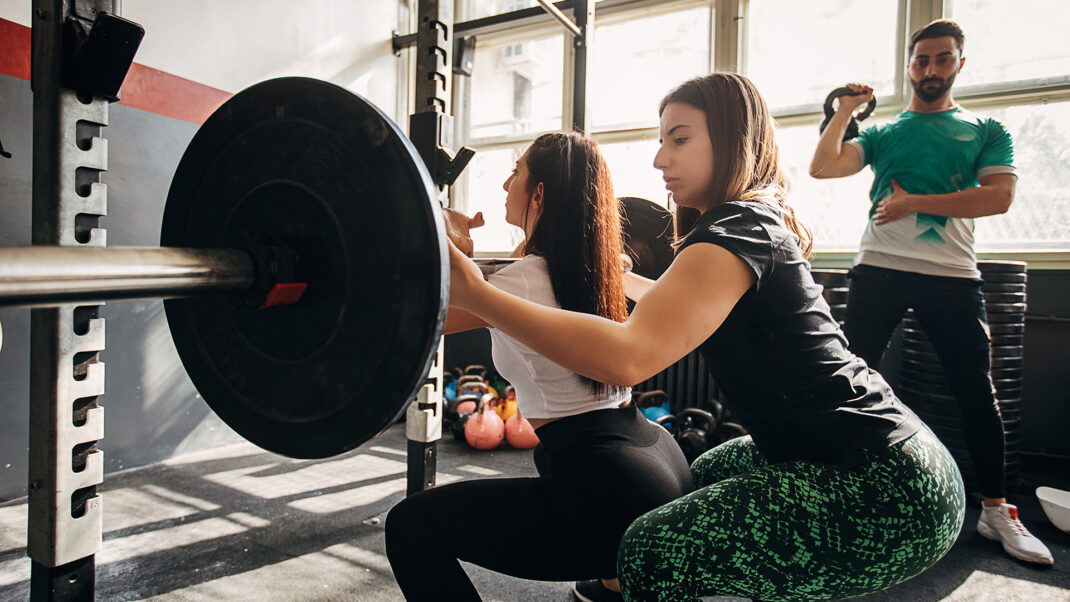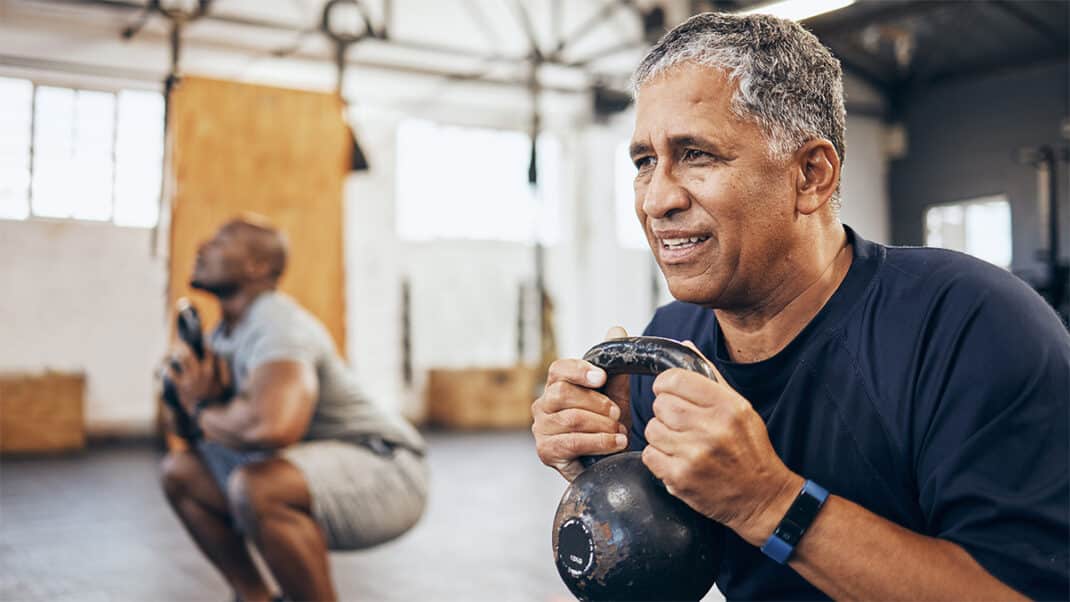An Eye on Vision Health
Don't blink before reading some interesting ocular facts.

When it comes to muscles, we rarely think about our eyes, and yet the eye is the fastest and most active muscle in the human body (VSP 2018). We say “in the blink of an eye” for a reason! While you probably don’t program “eye lifts” into your strength training routines, exercise does support healthy vision. Read on to find out more about the benefits, along with a few fun facts you can share with clients to further inspire them to keep moving.
- While you need to warm up most muscles to prepare them for movement, the eyes are ready for action 24 hours a day, 7 days a week (VSP 2018).
- Glaucoma, increased pressure within the eyeball, damages the optic nerve. Walking two or three times a week may lower pressure on the nerve. Research focused on young adults found that moderate-intensity, low-impact exercise led to significant reductions in eye pressure (Read & Collins 2011).
- Eye muscles are 100 times stronger than they need to be (Lenstore Vision Hub 2015).
- One study found that a brisk walk or run “may be associated with decreased risk of age-related cataract” (Williams 2013). A second study echoed this finding and added that a lack of physical activity may be associated with a higher risk of getting cataracts (Zheng et al. 2015).
- A 15-year study of nearly 4,000 older adults found that active people who exercised three or more times a week were less likely to get exudative (wet) age-related macular degeneration, which develops when abnormal blood vessels grow beneath the retina and leak fluid and blood into the eye (Knudtson, Klein & Klein 2006).
- We blink about 12 times every minute (VSP 2018).
References
Knudtson, M.D., Klein, R., & Klein, B.E.K. 2006. Physical activity and the 15-year cumulative incidence of age-related macular degeneration: The Beaver Dam Eye Study. British Journal of Ophthalmology, 90 (12).
Lenstore Vision Hub. 2015. 101 amazing eye facts. Accessed June 5, 2018: lenstore.co.uk/eyecare/101-amazing-eye-facts.
Read, S.A., & Collins, M.J. 2011. The short-term influence of exercise on axial length and intraocular pressure. Eye, 25 (6), 767–74.
VSP. 2018. Eyes: 15 facts you probably didn’t know about them. Accessed June 18, 2018: vsp.com/eyes.html.
Williams, P. 2013. Walking and running are associated with similar reductions in cataract risk. Medicine and Science in Sports and Exercise, 45 (6), 1089–96.
Zheng, S.J., et al. 2015. Long-term physical activity and risk of age-related cataract: A population-based prospective study of male and female cohorts. Ophthalmology, 122 (2), 274–80.
Joy Keller
Joy Keller is the director of marketing communications & PR at IDEA, and has also served as executive editor of IDEA Fitness Journal, IDEA Fitness Manager, IDEA Pilates Today, and IDEA Fit Business Success. She is also a certified personal trainer, indoor cycling instructor and yoga teacher (RYT 200).







